Clay, one of the most popular media of art and craft activities, has been utilized extensively time and again during the last three thousand years in the Indian sub-continent. Figure making, particularly human forms in this medium appear to cater to a number of socio-religious needs of past societies. The themes the quality of modeling, quantities and skills—together mirror some of the important connotations inherent in the contemporary cultural setup. Thus, the study of terracottas has much wider scope than the often attempted studies revolving around mere identification and stylistical descriptions. In the present book the scope of terracotta study has been extended much beyond conventional studies, as it attempts to examine many aspects of the craft, which are responsible for the co-existence of both poor and high workmanship in one period, admixture of foreign and indigenous themes, styles and techniques at one point of time, origins and survivals of noteworthy execution tendencies and craft skills acquired by artisans and the centre in the individual periods, etc. During the first few centuries of the Christian era, the multi-dimensional clay modeling activities in the Ganga Valley appears to be of particular value. A number of factors such as, the growth of urban centres for politico-cultural reasons, long distance trades resulting in the exchange of ideas and techniques, adaptation and modification of some of the foreign elements, etc., appear to have influenced art and craft traditions immensely. For a proper understanding of these aspects it is imperative to have reliable data in the form of a group of antiquities coming from well stratified archaeological horizons. In accordance, the present monograph is based on major terracotta collections which have been obtained from the Kushana cultural levels of Khairadih and other important sites of the Ganga Valley. Besides providing a comprehensive account of the terracotta human figurines of Khairadih, one of the recently excavated sites the book also contains details on similar compositions from other contemporary’ sites of the Ganga Plains. The major modeling tendencies, frequent and less common themes, formulation, continuation of styles, etc. during the early Christian era in the region have been elaborated and discussed extensively. The general personality of Kushana clay modeling which was so far, has been brought out clearly in this monograph. The generalizations made regarding the terracotta craft in this study and the vague evaluation of Khairadih as the terracotta producing centre gives new direction to the study of arts and crafts of ancient times.
The Sacred Landscape of Mundeshwari: The ‘Oldest Living’ Temple
Reputed to be one of the ...
$162.00
$180.00


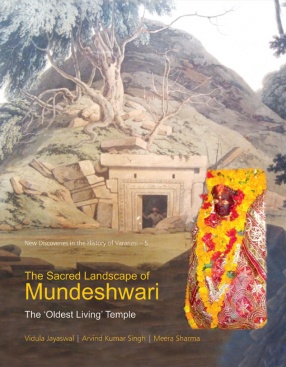
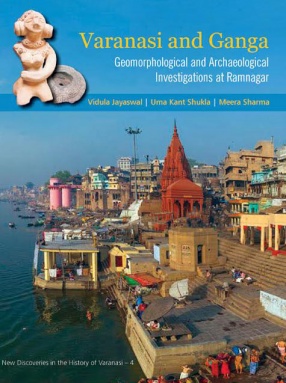
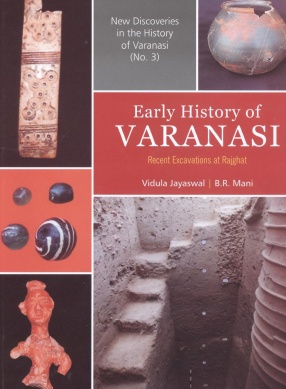
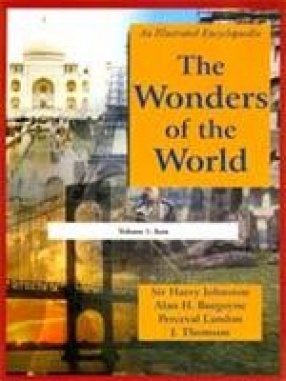
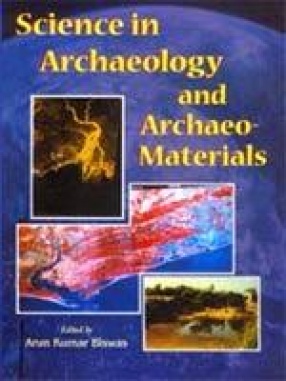
There are no reviews yet.